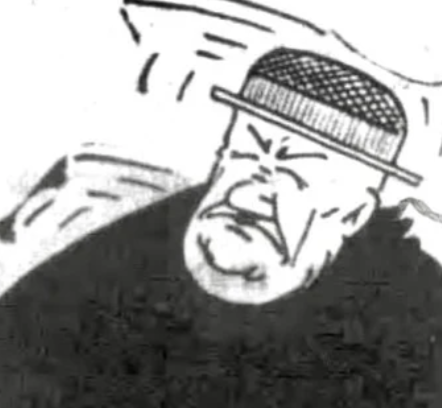So, I’m currentlich reading Kobo Abe’s “Kangaroo Notebook” and I’m a bit confused about his use of tense shifts.
In this scene in the picture, he starts with “I stepped” then “I noticed” but then he proceeds in present tense “It looks”, “He doesn’t”, “He’s”, and in the end he switches back to past tense “the boy was having”, “he wasn’t”, etc.
So, I’m wondering what’s the function of this. This all happens at the same time, so it’s no backflash.
Could it be that the present tense sentences are internal thoughts at the moment, while the past sentences are descriptions?
Here I’d think the dip into present tense is to create a sense of experiential immediacy as he gets into the flesh of the memory, then back to past tense where there is some cognitive distance from the situation.
This is quite common for athletes being interviewed. They will talk about the game in the past tense but discuss specific plays as if they are in the moment. Also every reality tv show has some of this. Where you will watch a scene spliced with the actor/participant discussing it as if it’s happening now.
For English writing, this is wrong. I don’t know enough about Japanese tenses to know how it worked in the original (before translation). Per the comment by apis, it may offer immediacy, but it made me cringe while reading. Caveat: my mother was an English teacher and would never let me submit anything in this state. She would tell you to rewrite and if a sentence isn’t working, it is better to find another way to say it than keep struggling. Here, though, I would think it easier and less jarring to simply keep the past tense, like so :
It looked as though he meant to ride up. He didn’t seem to be fooling around. He was quite a bit older than the other child-demons. Maybe a junior high student.
For the next line, you could go one of several ways:
If he couldn’t tell the difference between an ascending and descending escalator, there must have been something seriously wrong with him.
Or (less authentic?):
I thought, “If he can’t tell the difference between an ascending and descending escalator, there must be something seriously wrong with him.”
Or (possibly clunky):
I thought that if he couldn’t tell the difference between an ascending and descending escalator, there must be something seriously wrong with him.
(and so on)


